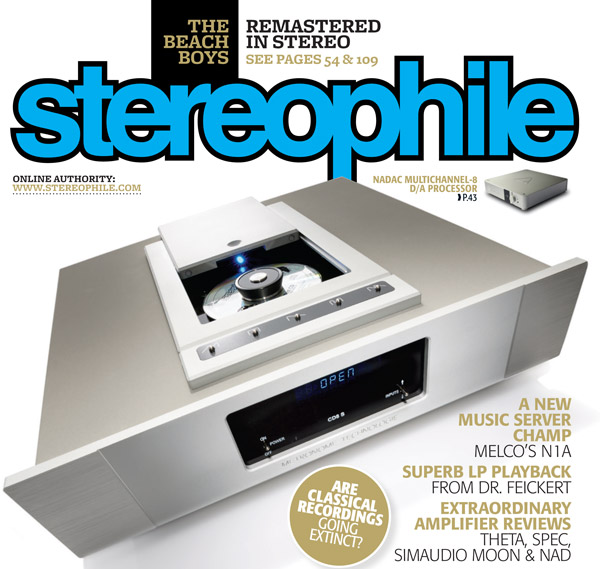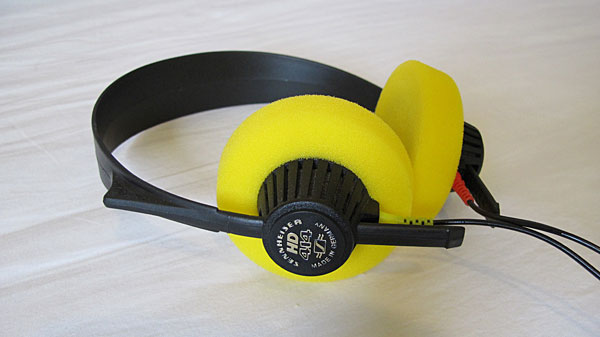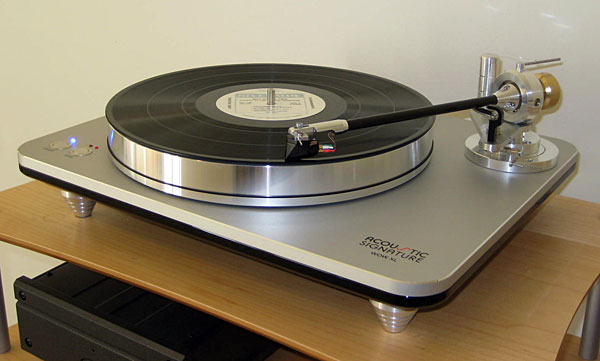Katz's Corner Episode 10: Mid-Priced Sealed Headphone Survey - AKG K550
Katz's Corner Episode 10: Mid-Priced Sealed Headphone Survey - AKG K550
- Read more about Katz's Corner Episode 10: Mid-Priced Sealed Headphone Survey - AKG K550
- Log in or register to post comments




